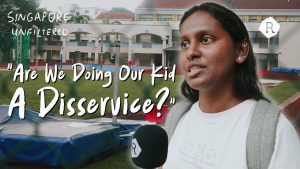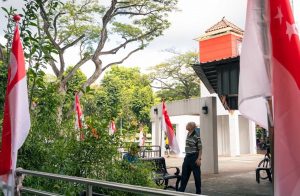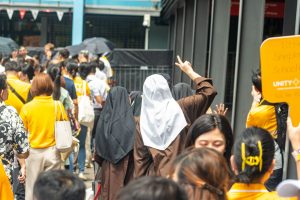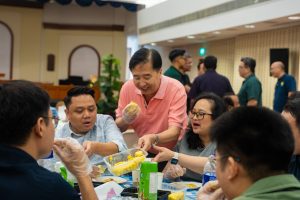Note: This article was updated on 26/6/2020, 6.30 PM.
For the longest time, the greatest minds in Singapore have wrestled with the mystery of Yishun. How—they ask themselves—did a regular neighbourhood become so Siao Lang? Why are there so many naked ‘loonies’? Is the craziness caused by Ley Lines, the magnetic disturbances in the earth, or the influence of certain ‘colourful’ individual(s)?
According to data gathered by Professor Leong Chan-Hoong and Ms Yvonne Yap from 2015’s General Household Survey, Yishun is the second-poorest area in Singapore. Only 5.4% of families in Yishun enjoyed a monthly income of more than $20,000, as compared to 10.9% in Toa Payoh, and 44.4% in Bukit Timah. It is tied with Woodlands (5.4%) in the second-last place, and only marginally more well-off than Punggol (5.1%).
In education, the situation is equally dire. Yishun has only a single ‘Top-30 primary school’ within its wretched confines, and not a single ‘Top-30 secondary school’.
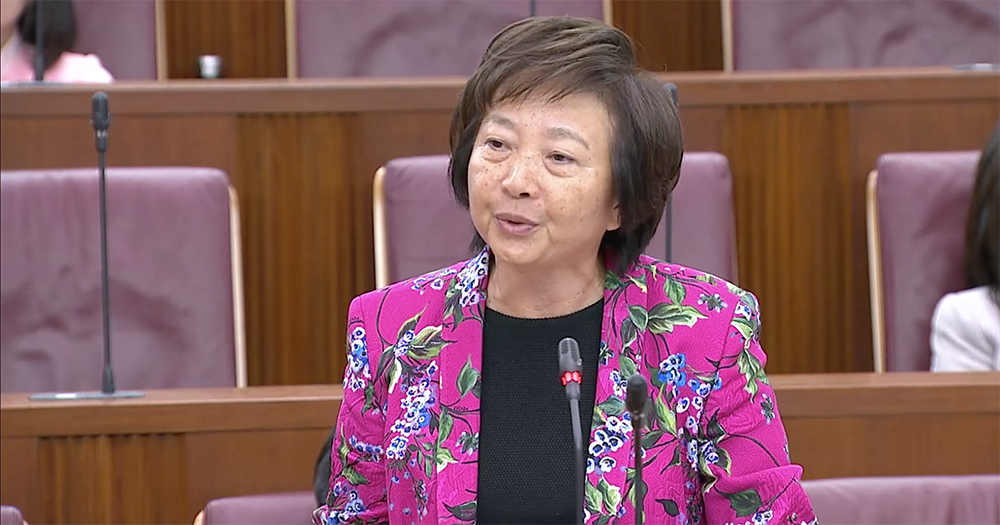
Do not let the bland title and stock-image cover art fool ye. The contents are inflammatory, worrying, and insightful in equal parts. As I read it, I felt an instinctive urge to duck because I could hear Minister Shanmugam and Alfian Sa’at pull back on their respective SAR21 charging handles (Essay No.8: “Protest and the Culture War in Singapore”).
For starters, Chinese Privilege is dismissed as a “clumsy” concept because “it makes no distinction between privileges enjoyed by majority communities in all societies, and privileges that stem specifically from being from a particular ethnic community”. Christian moral activism also comes under scrutiny for its potential to cause tensions within society. The M part of our CMIO is problematised (yet again) because ‘there is concern over the Malay-Muslim community’s ability to integrate into broader society.’ Outspoken voices from civil society are interpreted as the instigators of a ‘culture war’ with potentially ‘destabilising’ effects. Preetipls is more or less accused of appropriating the moral urgency of Black Lives Matter.
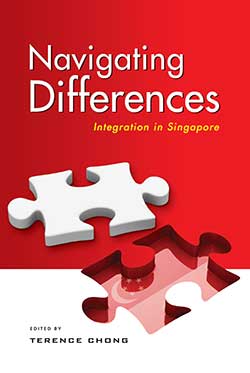
However, if you can find it within yourself to forgive its ‘un-woke’ perspective and the editor’s conservative outlook, it does offer a very detailed examination of Singapore’s long-term challenges.
Take, for example, Prof. Lavannya Kathiravelu’s essay ‘What Kind Of Indian Are You: Frictions and Fractures Between Singaporean Indians and Foreign-Born NRIs’. It stood out to me because of
a) my Chinese privilege, and
b) for examining the contentious issue in all its migraine-inducing complexity.
Most people are vaguely aware that “the recruitment of ‘well-qualified and successful professionals’ have led to the creation of a strata of Indians in Singapore who are quite different in social and economic practices”. However, few of those who bitch about ‘CECA gang’ have bothered to dissect the issue. Education and income levels are not the only cleavages separating non-resident Indians (NRIs) from Singaporean Indians. The problem also extends to civilisation, language, and colour.

‘Indian culture’ thus becomes an important line-in-the-sand, but merely one amongst many. The community is further divided along the axes of North/South, Light/Dark, Hindi/Tamil, Singlish/Nope, with many ‘Northern’ NRIs viewing themselves as ‘higher’ than the Tamil-born locals. One interviewee went so far as to say: “What do you expect? These people are descendants of convicts and prisoners.”
As a result, many NRIs apparently use their kids’ National Service to signal their ‘Singaporean-ness’. But even National service is a fraught issue for Prof. Kathiravelu; not merely because it excludes women, but because National service is very much the exception rather than the rule for many NRI families.
“It is complicated by the fact that many of these children attended international schools and universities abroad, and are perhaps more a part of a global cosmopolitan elite than typically Singaporeans in their experiences,” she writes.
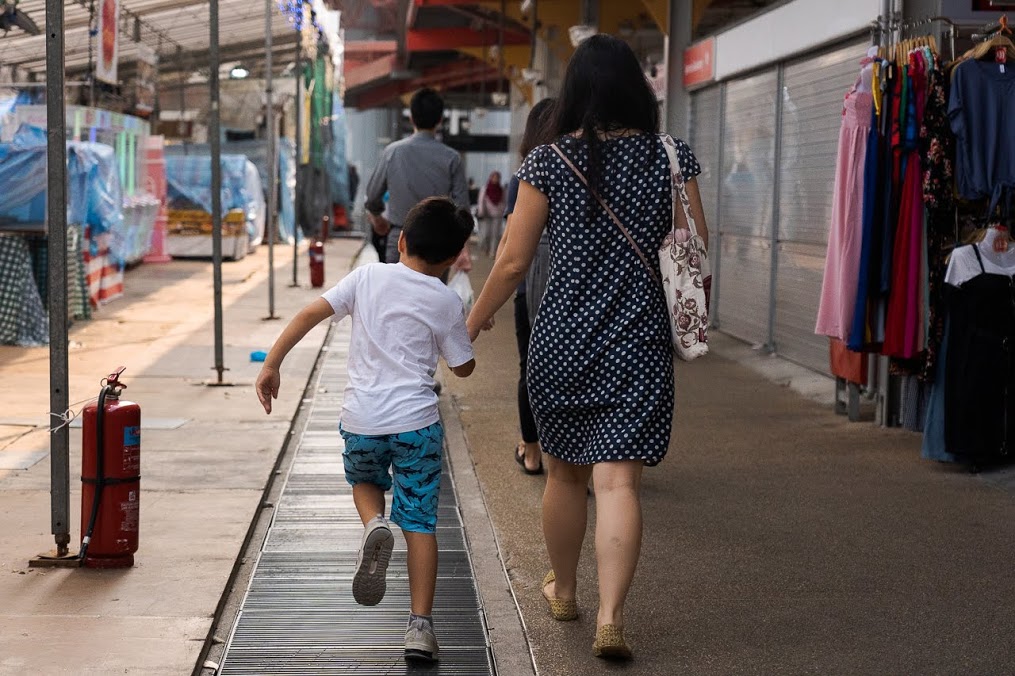
It is also not a criticism limited to the Indian community. A separate essay finds similar fragmentation in the PRC immigrant community, which is now split between the ‘old-new immigrants’ (老新移民) and the ‘new-new immigrants’ (新新移民). The latter group arrived after the mid-2000s, and are less willing to integrate as compared to their forebears, who ‘worked harder’ to blend in at the workplace and in the community.
In certain aspects, the verdict is not just worrying, but downright damning. The above-mentioned essay ‘Geographic Ethnic Separation in Singapore’ mentions Yishun in passing, but it’s really concerned with ‘disparities between neighborhoods’. Elite schools, the authors’ findings suggest, tend to cluster in ‘Chinese-dominant’ neighborhoods of expensive, private dwellings (I.e. Marine Parade, Bukit Timah) whereas newer, poorer neighborhoods like Jurong or Yishun have fewer elite institutions. Even if students get in, they will have to travel painfully long distances which put them at a disadvantage against their peers.
Thus, the authors conclude: “If this trend persists or is accelerated, this urban demography could erode Singapore’s founding principle of a fair society with equal opportunities for all.”
Fighting words indeed, but fair. After all, if the burden of ‘social mobility’ in SIngapore rests almost entirely on ‘meritocratic’ opportunities provided by education, shouldn’t we start panicking about the unequal access to education?
The book is divided into 4 parts—Race, Religion, Politics, and Economics—possibly in homage to our much beloved CMIO system. However, this RRPE separation is often contradicted by the thesis of each individual essay.
Christian moral activism is a clear and present hazard precisely because of the Christian population’s outsized wealth and influence relative to Buddhists and Muslims, as one essay argues. Likewise, the failure of integration for NRIs happens explicitly because ‘the larger disposable incomes of this group allow for some mode of self-segregation’.
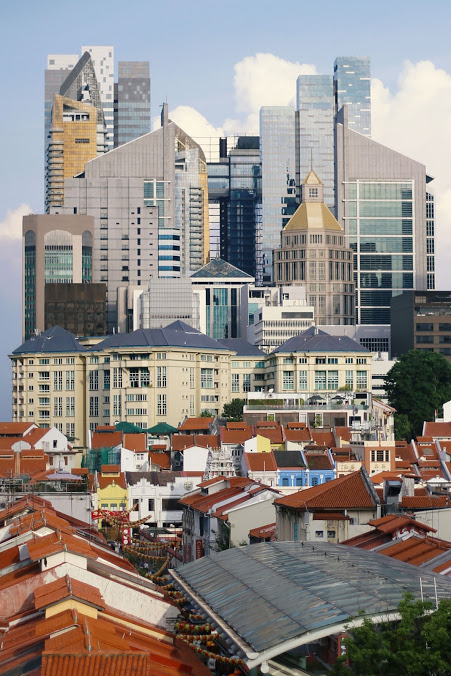
Had I immigrated in the roaring 2010s instead of the bankrupt 1990s, I would have been another Supreme-laden princeling with an unnaturally pale girlfriend. What’s true for NRIs is true for the 富二代.
Therein lies the bigger problem. What undergirds these worsening cleavages is globalisation, economic inequality, and Singapore’s failure to deal with its side effects in any meaningful way.
After all, once you reach a certain wealth bracket, you belong to no one, just as HSBC or Gong Li belong to no nation, and will always be sovereign entities unto themselves. State policy cannot forcibly integrate those who are not beholden to the state in any way.
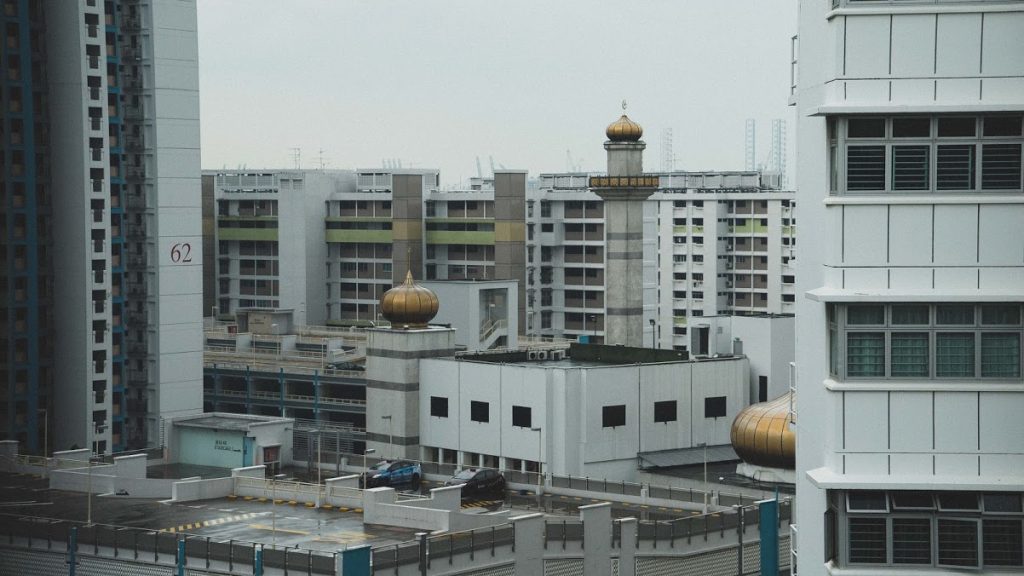
How long we can continue the hands-off approach, god only knows.
Navigating Differences flirts with this issue incessantly, but the book never addresses it outright. Nearly every chapter makes references to ‘global economic conditions’ or ‘foreign support’, but few of the proposed solutions engage with the root of the issue. Some of the solutions are so vague as to be utterly meaningless. This is, in my opinion, the book’s biggest limitation/weakness. The problem is existential, but the answers are often piecemeal and staid. If there is indeed an ‘increasing entrenchment of social stratification’ and a culture war that’s growing more ‘virulent’, is it enough to just continue tweaking with the status quo?
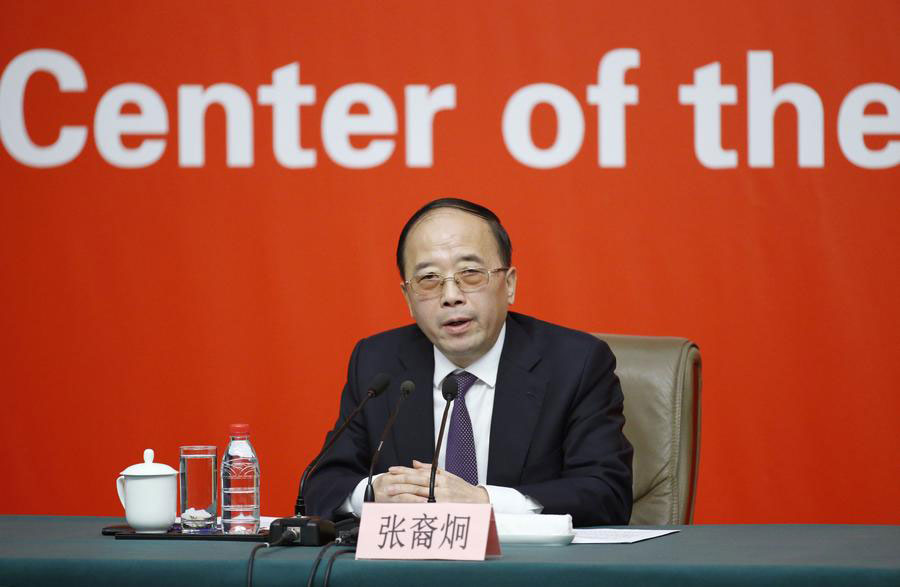
Prof. Irene NG’s essay on ‘Self-reliant Wealth and Trickle-down Welfare’ comes closest by suggesting that Singapore has reached a ‘decision point’, but even it shys away from anything more concrete.

This is not to say the book is bad. Just depressing.
It is depressing to see how certain ethnic divides have persisted despite years of sound and fury; equally so to read about your country’s gradual balkanisation in real time. Cherian George once said that we should treat Singapore’s diversity not as a weakness to overcome, but as a strength to be harnessed. This ideal seems more distant than ever after one reads Navigating Differences; if not a mirage that is forever receding, year by year, like some overwrought literary metaphor. One wonders how long it would be, before Yishun starts agitating for independence.
For everything else, there’s community@ricemedia.co.

